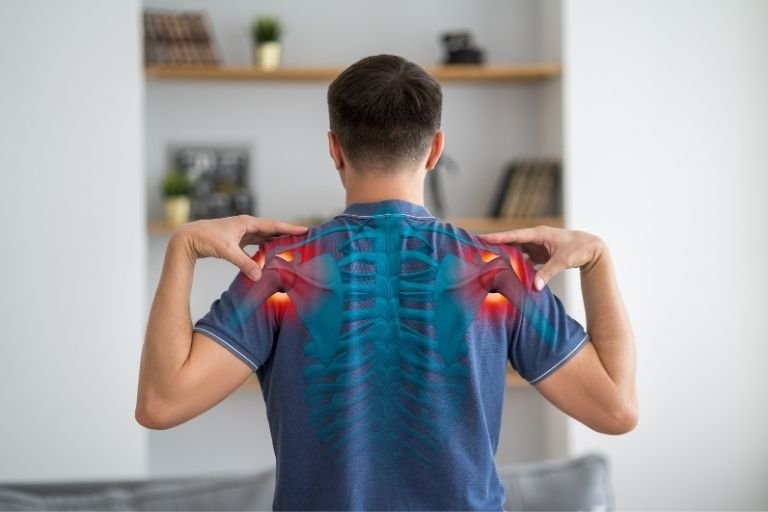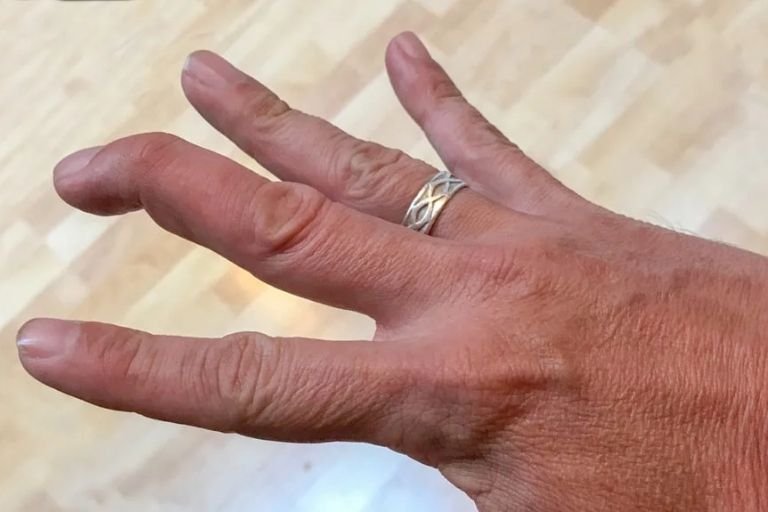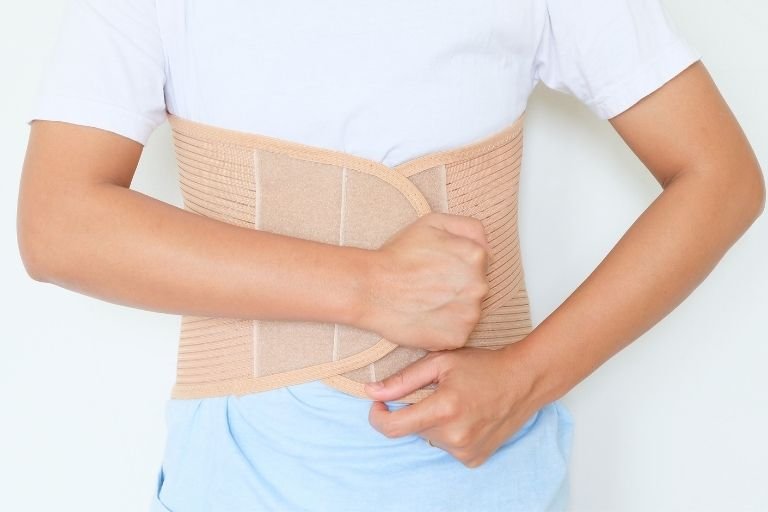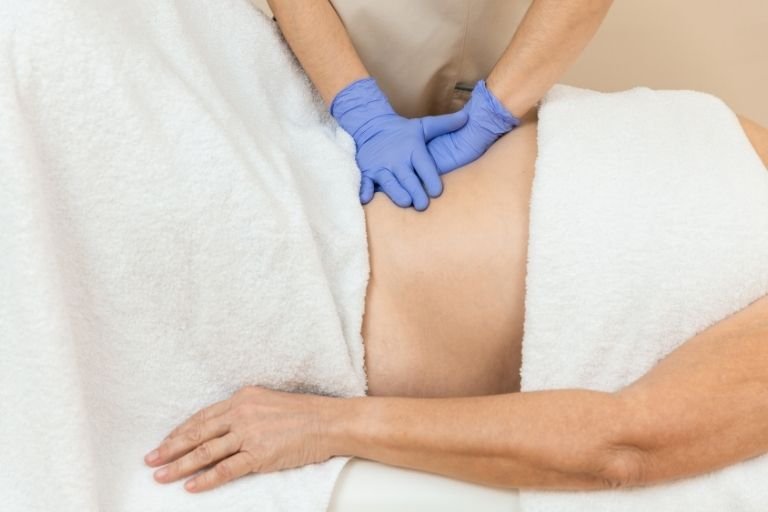- Fitwell Physiotherapy
Shoulder Dislocation

Shoulder dislocation occurs when the upper arm bone (humerus) pops out of the cup-shaped socket (glenoid) of the shoulder blade (scapula). It’s a common injury, often resulting from trauma or excessive force applied to the shoulder joint. Understanding its symptoms, causes, and treatment options is crucial for effective management and prevention.
Please submit your details below.
Symptoms:
- Intense pain in the shoulder area
- Swelling and bruising
- Limited range of motion
- Visible deformity or abnormal shape of the shoulder
- Sensation of instability or looseness in the joint
- Numbness or tingling down the arm
Causes:
- Traumatic injury from falls, sports accidents, or vehicle collisions
- Repetitive strain or overuse of the shoulder joint, common in athletes or manual laborers
- Congenital conditions or structural abnormalities that weaken the shoulder joint
- Previous history of shoulder dislocation, increasing the risk of recurrence
When to See a Physiotherapist:
It’s essential to seek medical attention promptly if you suspect a shoulder dislocation. A physiotherapist can assess the injury, provide pain relief, and guide you through rehabilitation to restore strength and stability in the shoulder joint. Seek immediate medical help if there’s severe pain, deformity, or loss of sensation.
Risks:
- Recurrence of shoulder dislocation, especially without proper rehabilitation and preventive measures
- Nerve or blood vessel damage, leading to complications such as numbness, weakness, or circulation problems
- Chronic shoulder instability, affecting daily activities and increasing the risk of further injuries
Prevention:
- Strengthening exercises to improve shoulder stability and muscle support
- Proper warm-up and stretching before physical activities to prevent strains and overuse injuries
- Using protective gear during sports or high-risk activities
- Avoiding sudden, forceful movements that could lead to shoulder trauma
- Seeking medical advice for underlying conditions predisposing to shoulder dislocation
Treatments:
- Closed reduction: A medical professional manipulates the shoulder joint to realign the bones without surgery.
- Immobilization: After reduction, the shoulder may be immobilized with a sling or brace to promote healing.
- Physiotherapy: Rehabilitation exercises focus on restoring range of motion, strength, and stability in the shoulder joint.
- Surgery: In severe cases or recurrent dislocations, surgical procedures may be necessary to repair damaged tissues or stabilize the joint.
In conclusion, shoulder dislocation is a painful injury that requires prompt medical attention and appropriate management to prevent complications and recurrence. Physiotherapy plays a crucial role in rehabilitation, helping individuals regain function and prevent future injuries through targeted exercises and preventive strategies.
Frequently Asked Questions
Related Conditions
How Fitwell Physiotherapy Can Help?
Dr. Richa’s Fitwell physiotherapy has an extensive team of physiotherapists all within their own specialist areas of physiotherapy. Whatever your condition, we guarantee that we will have the best physiotherapist for you. We assess, diagnose, plan, cure and care for you.
Fitwell Physiotherapy Clinic, Pune provides you best physiotherapy treatment in Kharadi, pune. We also serve Chandan Nagar, Vadgaon Sheri, Keshav Nagar, Wagholi & nearby Areas in Pune. We are experts in treating Neck Pain, Hand Pain, Back Pain, Lower Back Pain, Knee Pain, Stiff Neck, Sciatica, Arthritis, Stroke Paralysis & Post Surgical Rehab.
We provide Specialized physiotherapy treatments in Sports Injuries, Pre and post Surgery, Neurologic, Pediatric, Chronic Pain/Fatigue, Rheumatology, Women’s Health, Men’s Health, Ergonomics, Vestibular, Amputees & all sort of Pain treatment and lifestyle conditions.

































































































